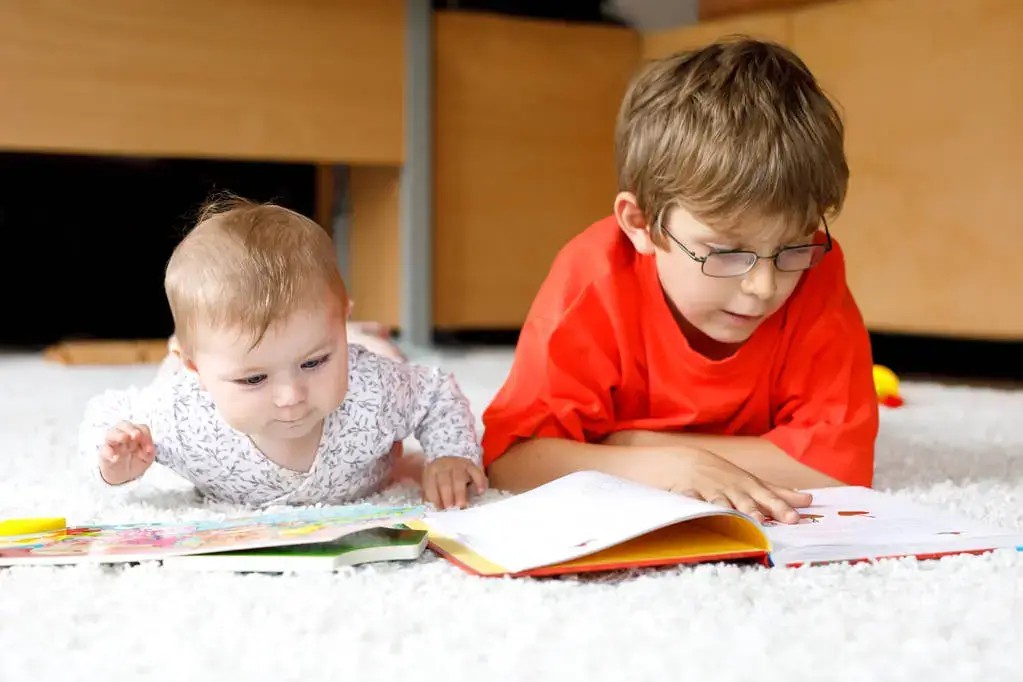Reading is a fundamental skill, crucial for academic success and lifelong learning. Understanding when children typically learn to read and recognizing signs of reading readiness are essential for parents and educators. This article explores the developmental milestones and provides insights into when children are ready to embark on their reading journey.
Recognizing Reading Readiness: Key Indicators
While there’s no one-size-fits-all answer to what age children learn to read, several key indicators suggest a child’s readiness:
Letter and Word Recognition
Around ages 3 or 4, children often begin recognizing letters and simple words by sight. This visual familiarity with words is a foundational step toward reading. They start understanding how letters form words, a crucial element in decoding text.
Conversational Fluency
A child’s ability to engage in simple conversations demonstrates language comprehension and fluency. This skill translates directly to understanding written text, as it reflects a grasp of vocabulary and sentence structure.
Interest in Stories and Books
A natural curiosity about stories, characters, and a love for being read to indicate a budding reader. This intrinsic motivation is a powerful driver in learning to read independently.
The Importance of Early Reading Experiences
Early reading experiences lay the groundwork for future literacy skills. Reading aloud to children exposes them to the sounds of language, expands their vocabulary, and fosters a love for books. These experiences cultivate crucial pre-reading skills such as phonemic awareness (understanding the sounds in words), letter recognition, and print awareness (understanding how books work).
Signs a Child is Ready to Learn to Read
According to the National Reading Panel (NRP), most children learn to read around ages 6 or 7, with some starting as early as 4 or 5. While individual progress varies, these signs indicate a child’s readiness:
Identifying Letters and Words
Children who can identify most letters of the alphabet and recognize common words by sight are demonstrating crucial building blocks for reading. This ability to decode written symbols is fundamental to understanding text.
Following Simple Conversations
The ability to follow simple conversations signifies language comprehension and the capacity to process information sequentially—a skill vital for reading comprehension.
Connecting Letters and Sounds (Phonemic Awareness)
Recognizing the connection between letters and the sounds they represent is a key component of phonics, the foundation for decoding words. Children who can identify beginning and ending sounds in words are demonstrating phonemic awareness.
Showing Interest in Books and Stories
A genuine interest in books and stories indicates intrinsic motivation, which is a powerful catalyst for learning to read. Engaging with books in a playful and enjoyable way fosters a positive association with reading.
Identifying Words by Sound
Decoding words by sounding them out is a critical skill for beginning readers. Children who can blend sounds together to form words are demonstrating the ability to decode text.
When Do Kids Learn to Read Fluently?
Many children develop fluency and comprehension around age 7 or 8. Fluency refers to the ability to read accurately, quickly, and with expression. Comprehension involves understanding the meaning of the text.
Conclusion
While the age at which children learn to read varies, understanding the signs of reading readiness can help parents and educators support their development. By fostering a love for books and providing opportunities for early literacy experiences, we can equip children with the foundational skills necessary for reading success. Encouraging a positive and supportive learning environment is crucial for nurturing a lifelong love of reading.
